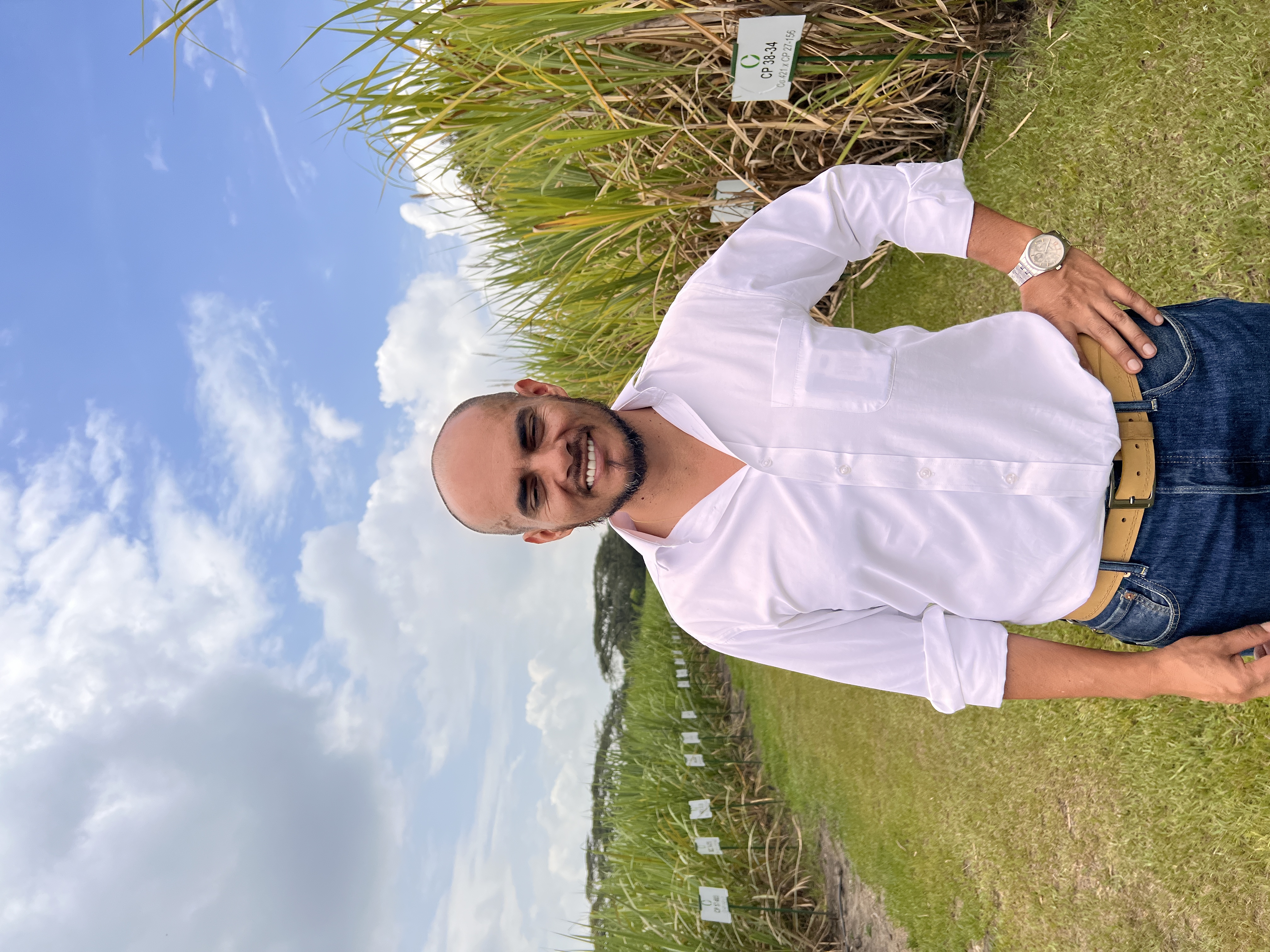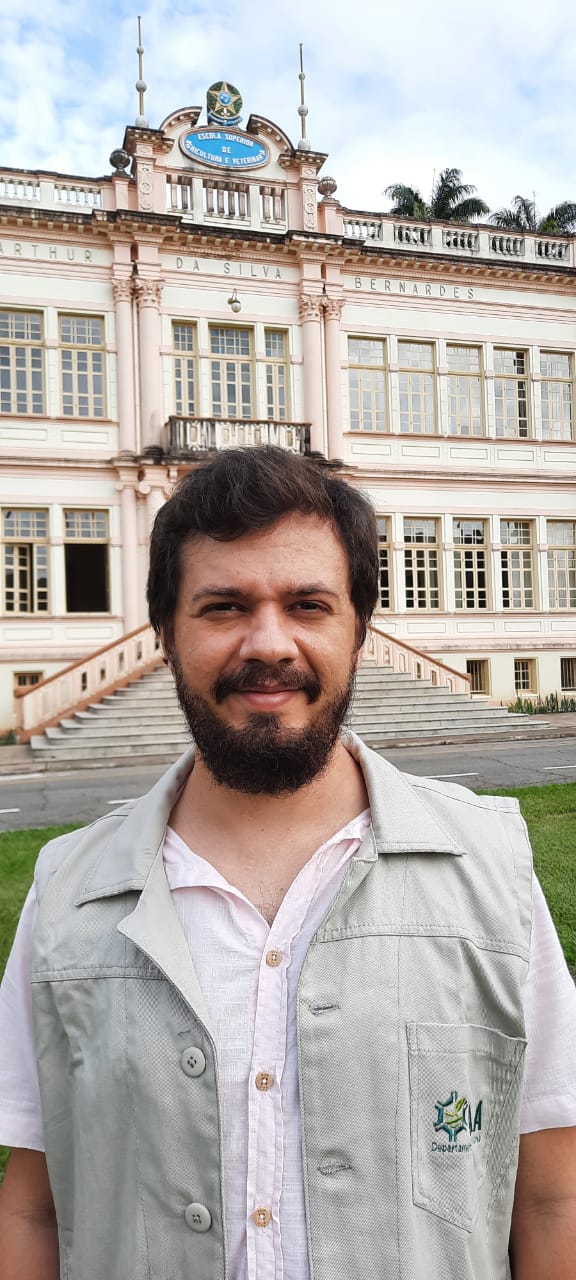
Date: Mon Jun 25, 2018
Time: 10:30 AM - 12:00 PM
Moderator: Athyna Cambouris
In this paper we described the implementation of a GIS for Precision Agriculture for sugarcane crop in Colombia. An spatial equation for Variable Rate Fertilization Model was defined using as inputs estimated harvest data, nutrients in soil and fertilizer efficiently. Models for soil and harvest variability are also defined. A personalized plugin for precision agriculture was developed into QGIS software, there is the option of upload maps to a Web and mobile app using the Desktop software and data import and export is also implemented to used with tractor and soil data. Processing time and costs was reduced in comparison with the initial project state.

Outliers present in the dataset is harmful to the information quality contained in the map and may lead to wrong interpretations, even if the number of outliers to the total data collected is small. Thus, before any analysis, it is extremely important to remove these errors. This work proposes a sequential process model capable of identifying outlier data when compared their neighbors using statistical parameters. First, limits are determined based on the median range of the values of all the points contained in the dataset. Second, the neighbors are located within the range of the point under analysis. In the anisotropic process, neighbors are defined in a single direction, and then the calculation of median is with the values of the neighboring points located within the radius range next to the point under analysis. Finally, an isotropic process is conducted, where the neighbors are defined and located within the radius range, and the median value is identified. Outliers are data that deviate above or below a given percentage of a set median value. Statistical and geostatistical analysis of the data before and after this process was performed, indicating it was effective in eliminating outliers in the spatial datasets evaluated. The median limits eliminated most of the points with discrepant values from the processed datasets. The anisotropic and isotropic processes eliminated outliers in relation to their neighbors at small distances, reducing the previous nugget values and improving the characterization of the spatial dependence of the datasets.


Finding solutions to the challenge of sustainably feeding the world’s growing population is a pressing research need that cuts across many disciplines including using geospatial data. One possible area could be developing agricultural frontiers. Frontiers are defined as land that is currently not cultivated but that may become suitable for agriculture under climate change. Climate change may drive large-scale geographic shifts in agriculture, including expansion in cultivation at the thermal and precipitation limits of crop tolerance. This development may help humanity to maintain global food security due to population growth. However, developing agricultural frontiers will have significant land use impacts that may have negative environmental consequences such as greenhouse gas emissions and biodiversity loss. In this light, this paper examines the extent and location of potential agricultural frontiers and expected negative environmental consequences of cultivating them using geospatial (climate, soils and terrain) data. Preliminary results shows that about 9.1 million km2 of the planet’s surface globally may become suitable for agriculture by 2100 due to climate change. Cultivating these frontiers could lead to the release of up to 177 Gt of carbon. Frontier areas also intersect forests and wetlands with at 19 separate global biodiversity hotspots. Sound planning and management of climate-driven agricultural frontiers can help reduce significant impacts on people, ecosystems and the climate system while expanding productive agricultural land.
Reliable land cover or habitat maps are an important component of any long-term landscape planning initiatives relying on current and past land use. Particularly in regions where sustainable management of natural resources is a goal, high spatial resolution habitat maps over large areas will give guidance in land-use management. We propose a computational approach to identify habitats based on the automated analysis of overhead imagery. Ultimately, this approach could be used to assist experts, policy and decision makers who promote sustainable agroecology by evaluating habitat services and prioritizing land uses.
The overall objective of our project is to classify the evolution of land usage since the advent of aerial imagery. In this paper, our goal is to bring automatic habitat classification to the level achieved by a human expert performing a high spatial resolution classification. This classification consists in identifying habitats such as hedges, lakes, fields, pastures or forests. Therefore, we train a machine vision algorithm to segment an overhead imagery into a dozen of expert-specified land use classes. Relying on the recent developments in machine learning, and in particular deep learning, the best machine vision model appears to be convolutional neural networks (e.g. SegNet, DeepLab).
The training was performed using data from a hand-labelled high-resolution (0.5m/pixel) database around the Orne River (Moselle, France – 2000km²). Aerial orthophoto are available for two time periods: 2015 and 1955. In addition, we also generated artificial 1955 data from 2015 imagery and used them as learning base for the 1955 imagery as the data available in 2015 provides more quantity and more diversity.
The paper highlights the performances of these state-of- the-art machine learning algorithms for land use recognition and segmentation. It shows their potential in the context of studies in environment sciences and environmental decisions. The automatic approach presents an alternative for detailed and accurate land cover maps acquired manually, which are labor intensive and time consuming.
The paper also illustrates the potential benefits of generating artificial imagery to pre-train the machine vision model and requires less annotated data. This approach may prove useful for time periods where there is few labeled data.
The European Copernicus program delivers optical and radar satellite imagery at a high temporal frequency and at a ground resolution of 10m worldwide with an open data policy. Since July 2017 the satellite constellation of the Sentinel-1 and -2 satellites is fully operational, allowing e.g. coverage of Germany every 1-2 days by radar and every 2-3 days with optical sensors. This huge data source contains a variety of valuable input information for farmers to monitor the in-field variability and adopt their management strategies. In order to utilize the data in a meaningful way, data needs to be preprocessed and edited, because farmers need a translation from the image data into information and finally decision support based on that information.
The processing chain of the huge amount of data needs an intermediate level, where raw data is converted into information. The Copernicus Program will set up so called “Data and Information Access Services (DIAS)” that allow cloud processing of the raw data into information products. Also cloud computing services like Google Earth Engine or Amazon Web Services offer computing power to process the data.
The “research center for agricultural remote sensing” (FLF) processes the Sentinel Data acquired over Germany and provides several data sets e.g. crop type mapping, actual biomass, leaf area index and yield estimations, which helps farmers even with no precision farming equipment to access data for a start into digital farming. The delivered information products will be tested in the research project AGRO-DE, were consultants, practitioners, researchers and farmers will work with satellite derived information. The information products will be distributed via web services and mobile phone apps readymade for the usage in farm database.
Maize is grown predominantly for silage or gain in North Island, New Zealand. Precision agriculture allows management of spatially variable paddocks by variably applying crop inputs tailored to distinctive potential-yield limiting areas of the paddock, known as management zones. However, uptake of precision agriculture among in New Zealand maize growers is slow and limited, largely due to lack of data, technical expertise and evidence of financial benefits. Reflectance data of satellite and areal images can be used to delineate management zones when yield maps are unavailable. This study focused on using publicly available remotely sensed reflectance data for delineating management class maps rather than traditional approaches. Reflectance data from freely available Google Earth images were used to develop management class maps for a 5.95 ha paddock in the North Island, New Zealand. Google Earth images were imported into Geographic Information Systems software for georeferencing and extracting pixel value data. Extracted data were interpolated into a 1 m x 1m common grid and normalised. Normalised data for each band of three crop cover only and bare soil only images were combined to create two separate management class maps with three clusters in Management Zone Analyst software. Multiple years of maize grain yield data from the paddock was used to create three management classes: high yield stable; low yield stable and unstable. Filtered multi-year yield data were used to validate maps of reflectance data opposed to traditional yield map. Both management class maps delineated from the Google Earth images discriminated yield classes with narrow absolute yield differences. Management class map derived from bare soil only images better depicted the patterns in the traditional multi-year yield map, compared to the map derived from crop cover only images. Reflectance data derived from Google Earth images can serve as a preliminary data source when multiple years of yield data is absent.
.JPG)
